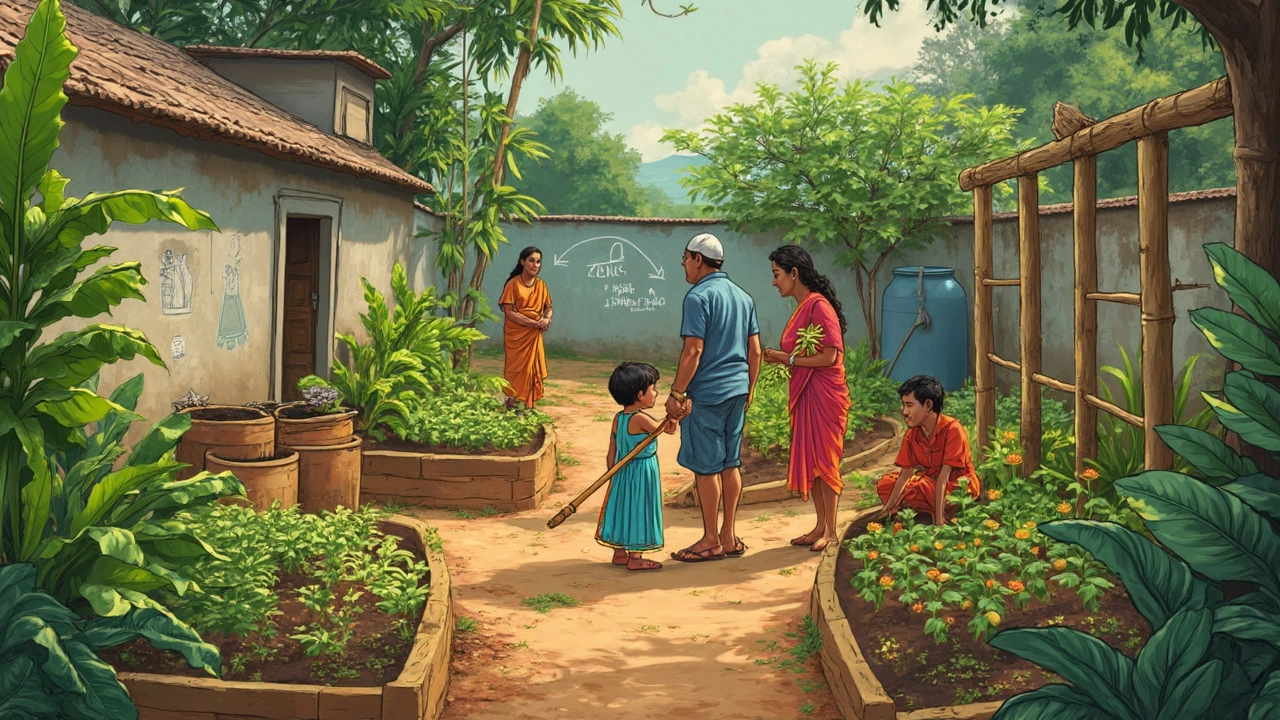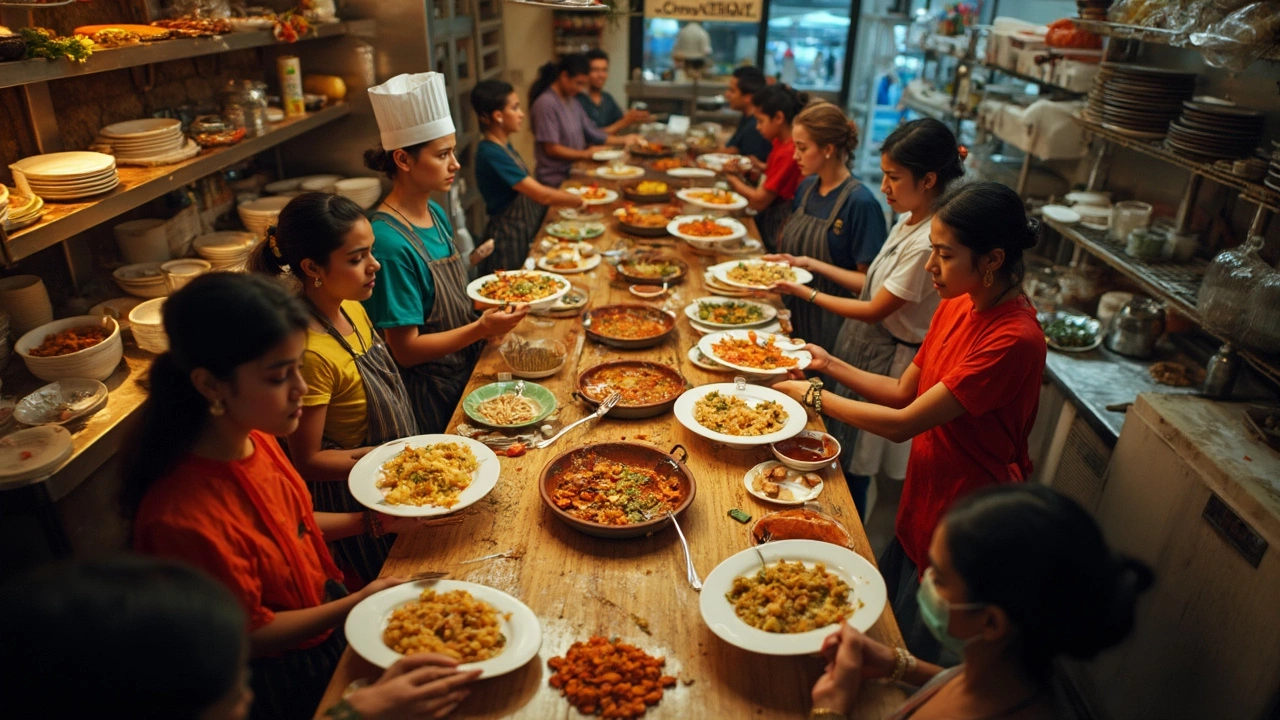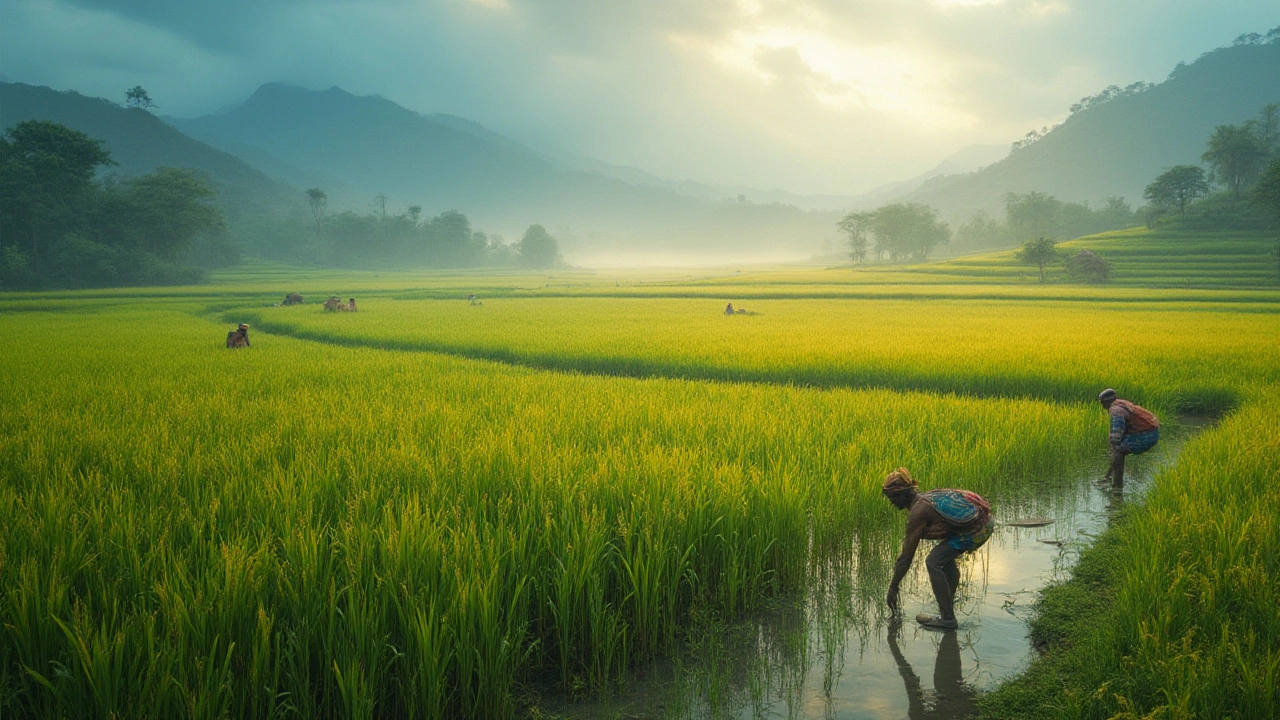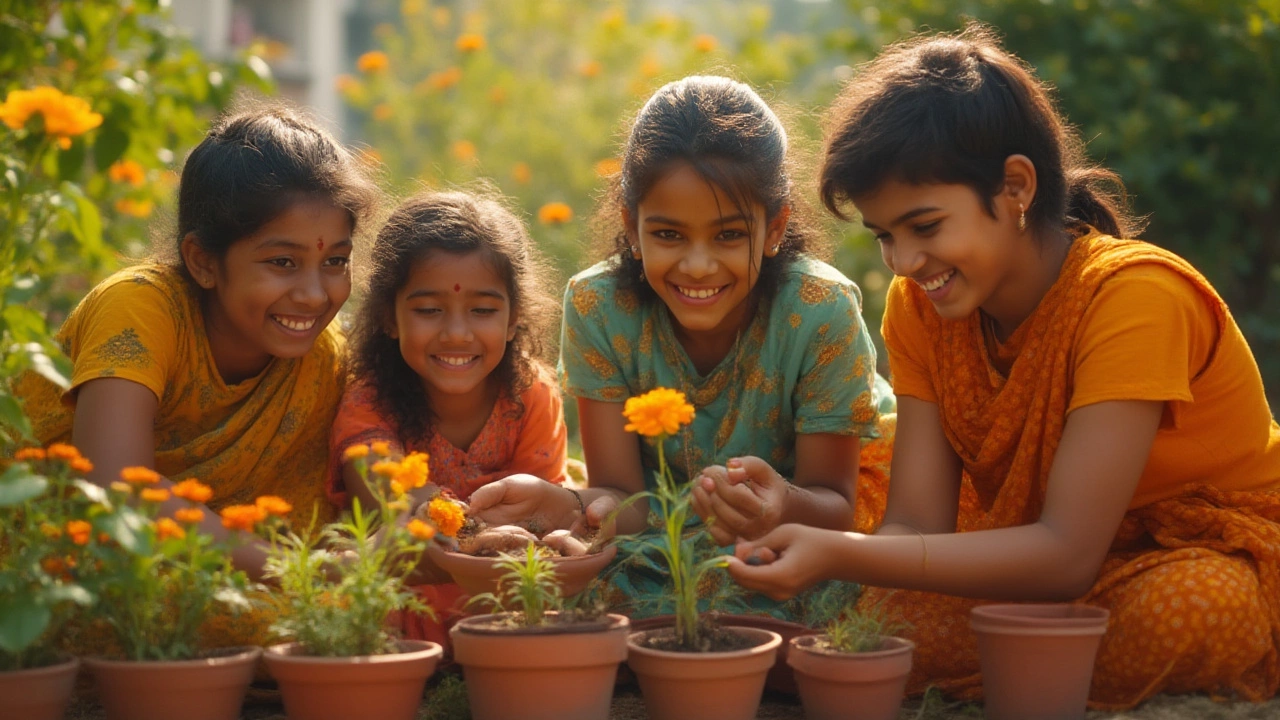Eco-friendly Gardening
When working with Eco-friendly gardening, a gardening approach that minimizes environmental impact by using natural methods, conserving resources, and enhancing biodiversity. Also known as sustainable gardening, it aims to create thriving plants while protecting soil, water, and wildlife.
Key practices include no-till gardening, a method that avoids turning the soil, preserving structure and beneficial microbes, drip irrigation, a low‑volume watering system that delivers water directly to the root zone, soil moisture management, techniques such as mulching and moisture sensors to keep water where plants need it, and zero waste fruit, using every edible part of fruit to cut kitchen waste and feed the garden. These ideas show that eco-friendly gardening isn’t a single trick—it’s a collection of habits that work together.
Why go eco-friendly?
Eco-friendly gardening encompasses no‑till gardening, because leaving the soil undisturbed protects the soil‑food web and reduces erosion. It also requires efficient water use; that’s where drip irrigation steps in, delivering just enough moisture to each plant while slashing runoff. Drip irrigation improves water efficiency in eco‑friendly gardening, and when paired with mulches it helps soil moisture management stay steady through hot spells. The result is healthier plants, lower utility bills, and a garden that supports pollinators, earthworms, and beneficial bacteria—all core outcomes of a sustainable approach.
Putting these practices into everyday routines is simpler than you think. Start by testing soil moisture with a cheap probe before you water—if the top inch feels damp, hold off. Switch to a drip line for containers or raised beds; a few fittings and a timer replace a hose and save gallons. Add a layer of straw or compost mulch to lock in moisture, and you’ll notice the soil staying softer longer. When you harvest fruit, think about the skins, stems, and pits; compost them or turn them into natural fertilizers, turning zero waste fruit habits into soil boosters.
Below you’ll find a curated set of articles that dive deeper into each of these topics—daily watering schedules for containers, the science behind no‑till, step‑by‑step drip irrigation installs, and ways to re‑hydrate hard soil fast. Use them as a toolbox to build a garden that feeds you, saves resources, and feels good to tend.
Permaculture vs Regenerative Gardening: What Sets Them Apart?
People use the terms permaculture and regenerative gardening a lot, but they're not quite the same thing. This article breaks down how permaculture is a big-picture design system, while regenerative gardening puts a laser focus on building soil and healing land. By looking at their core ideas, practical techniques, and real-world results, you'll get a clear view of which approach fits your own backyard (or community plot) goals best. Find out which method is more hands-on, which is more about planning, and how you can mix both if you want results. Plus, discover simple tips for making your garden greener and more resilient starting today.
- manufacturing
- India
- food processing
- garden tips
- rice cultivation
- government schemes
- balcony garden
- urban gardening
- balcony gardening
- profitable business
- business ideas
- plastic manufacturing
- drip irrigation
- plant care
- steel manufacturing
- sustainable gardening
- startup ideas
- steel industry
- flower gardening
- textile manufacturers






